
A Guide to the Indigenous Tribes of the Philippines
The Philippines is a culturally diverse country with an estimated 14- 17 million Indigenous Peoples (IPs) belonging to 110 ethno-linguistic groups. They are mainly concentrated in Northern Luzon (Cordillera Administrative Region, 33%) and Mindanao (61%), with some groups in the Visayas area. The Philippine Constitution, in recognition of this diversity and under the framework of national unity.
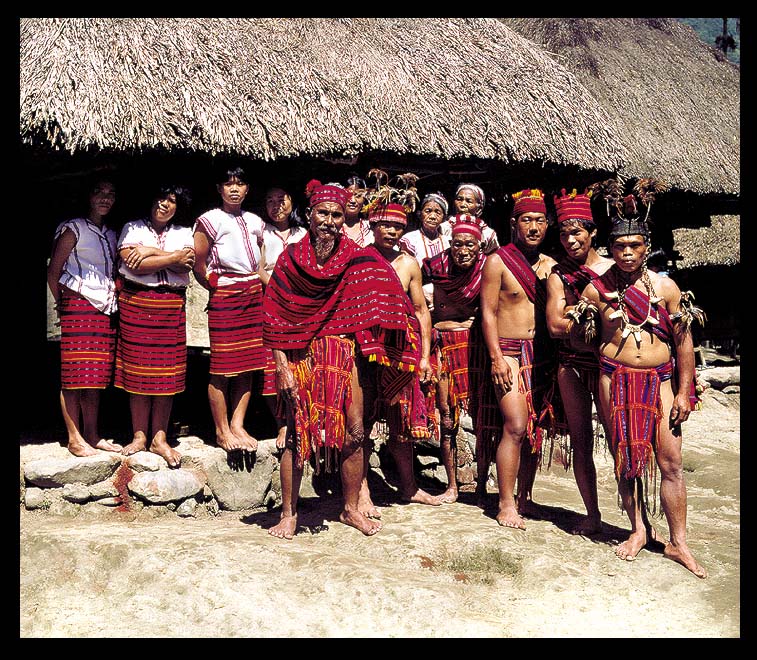
Grade 11 Philippine History DIFFERENT TRIBES IN THE PHILIPPINES
The Philippines is inhabited by more than 182 ethnolinguistic groups, [1] : 5 many of which are classified as "Indigenous Peoples" under the country's Indigenous Peoples' Rights Act of 1997. Traditionally-Muslim peoples from the southernmost island group of Mindanao are usually categorized together as Moro peoples, whether they are classified.

Indigenous Culture and People Tours Travel Authentic Philippines
MANILA, Philippines - The Lumad are the largest indigenous group in the Philippines. The word "Lumad" is a Visayan term which means "born of the earth.". The Philippines is composed of.

A Guide to the Indigenous Tribes of the Philippines Mabuhay Travel Blog
The Philippines has 110 enthnolinguistic groups comprising the Philippines' indigenous peoples; as of 2010, these groups numbered at around 14-17 million persons. [2] Austronesians make up the overwhelming majority, while full or partial Negritos scattered throughout the archipelago. The highland Austronesians and Negrito have co-existed with.

Haiyan,homeless Philippine tribal people,tribes of Philippines Filipino culture, Philippines
Igorots are upland tribal groups well-known for their rice cultivation. The Ifugao people built the Banaue Rice Terraces, commonly known to as the "eighth wonder of the world.". The ancestors of this indigenous tribe developed an irrigation system of rice terraces in the Ifugao mountains more than 2000 years ago.

» PhilippinesBanaueTribe
The indigenous peoples of the Philippines are ethnolinguistic groups or subgroups that maintain partial isolation or independence throughout the colonial era, and have retained much of their traditional pre-colonial culture and practices. The Philippines has 110 enthnolinguistic groups comprising the Philippines' indigenous peoples; as of 2010.
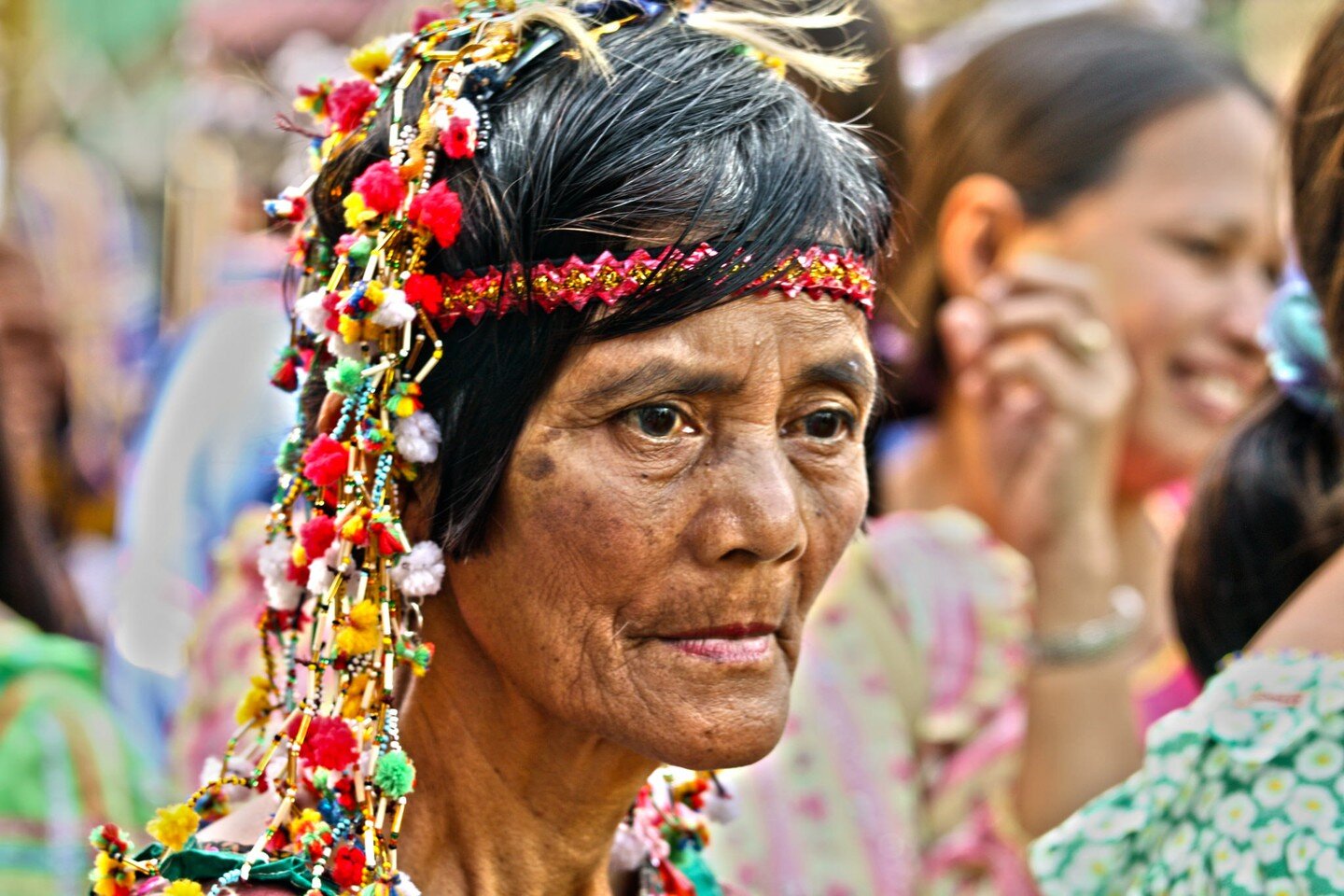
A Guide to the Indigenous Tribes of the Philippines — CulturePop
Indigenous Peoples in the Philippines. The Philippines is a mountainous archipelago of approximately 30 million ha. It comprises 7,100 islands grouped into three regions: Luzon, Visayas and Mindanao. Indigenous peoples make up approximately 10-15 per cent of the population. Despite colonialism, the indigenous peoples retained ways of life that.
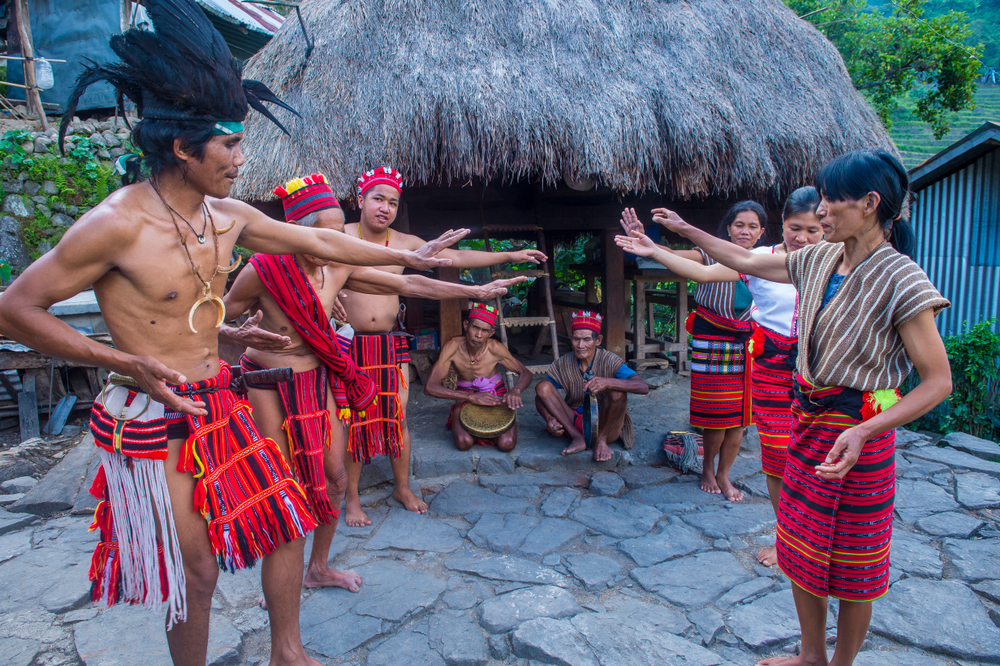
Indigenous calling Philippine tourism focuses on native tribes
Palawan, or Pala'wan, who number around 50,000, are one of the three indigenous groups from the main island of the same name. The two other groups are the Tagbanwa, in the central part and the northern Cuyo archipelago, and the Batak, a nomadic Aeta community living in the forest farther north, between Puerto Princesa and Roxas.
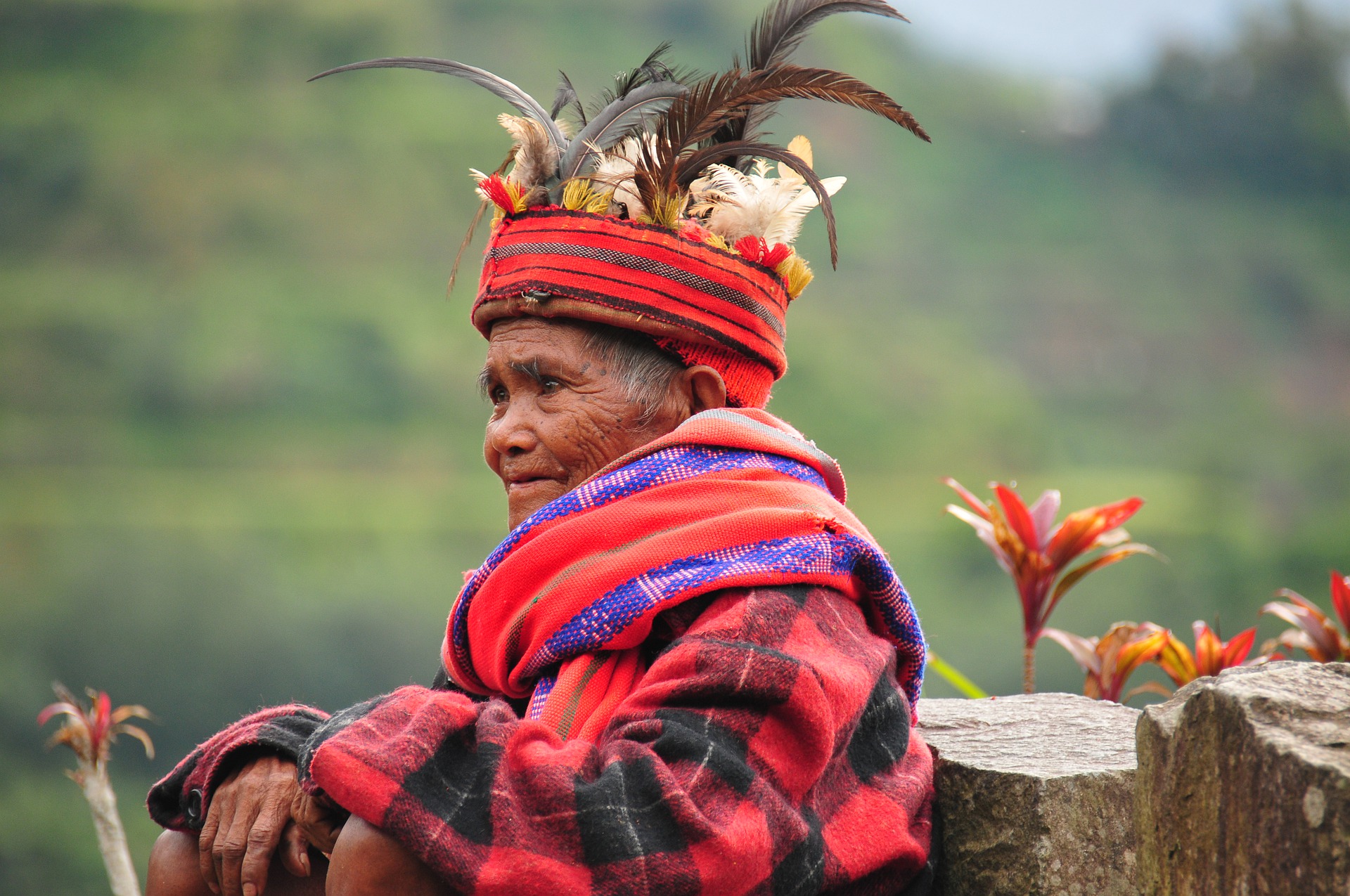
Culture in the Philippines Discover the Philippines with Asia Someday
The Philippines is a diverse country with many different cultures and ethnicities. One of the most interesting aspects of Philippine culture is its indigenous groups. There are over 100 different indigenous groups in the Philippines, each with their own unique traditions and customs.
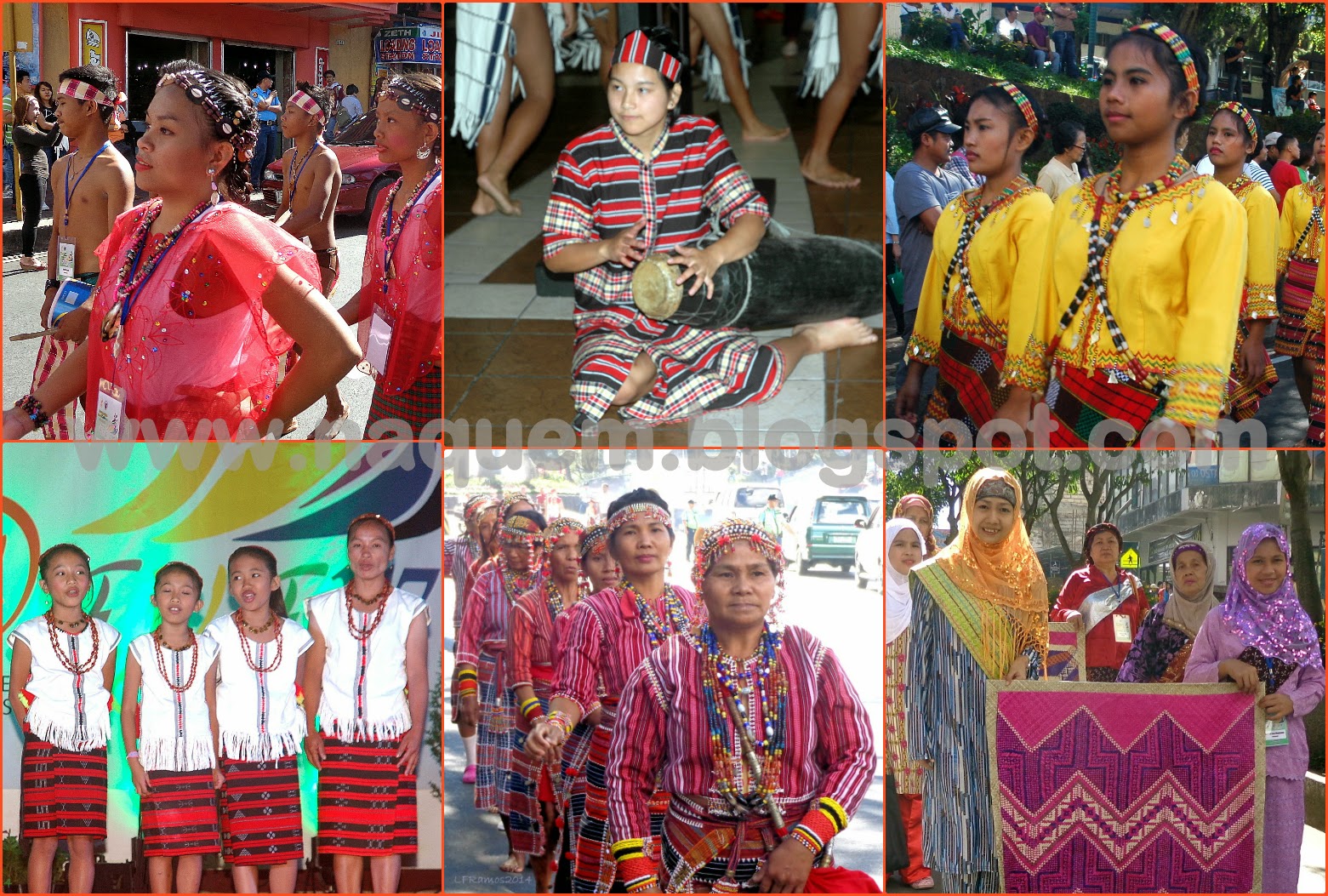
Naquem. Dayaw celebrating the rich cultures of Philippine indigenous peoples
Filipinos help one another. More popularly known as bayanihan, Filipinos help one another—without expecting anything in return—so that undertaking their tasks and responsibilities become much easier. Sometimes this is called "community spirit.". So if you learn some travel phrases to get around the Phillippines, they will extend their.
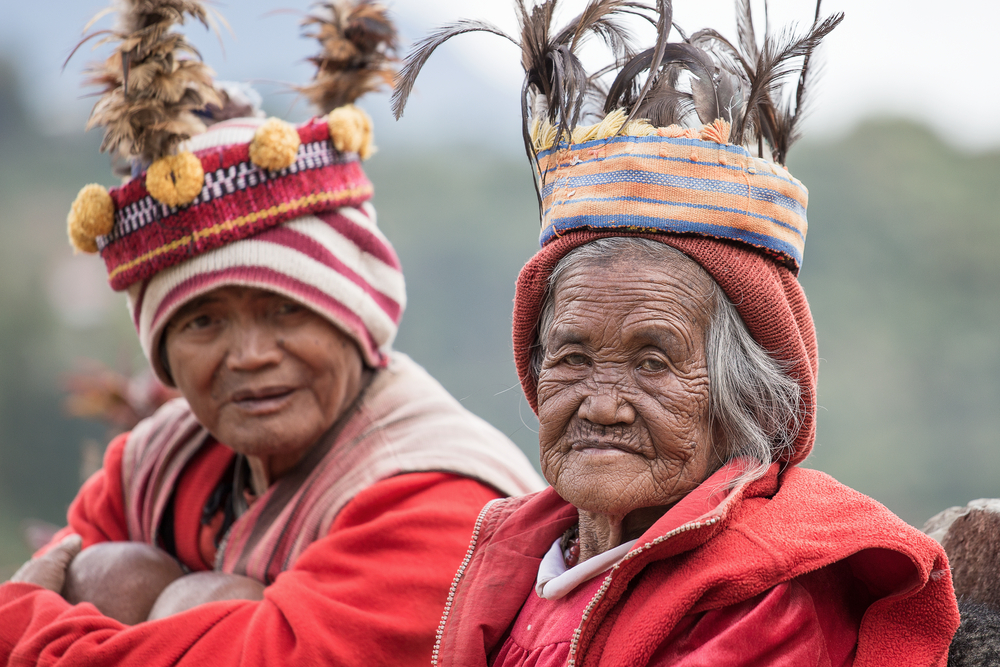
Indigenous calling Philippine tourism focuses on native tribes
The culture of the Philippines is characterized by cultural and ethnic diversity. Although the multiple ethnic groups of the Philippine archipelago have only recently established a shared Filipino national identity, their cultures were all shaped by the geography and history of the region, and by centuries of interaction with neighboring cultures, and colonial powers.
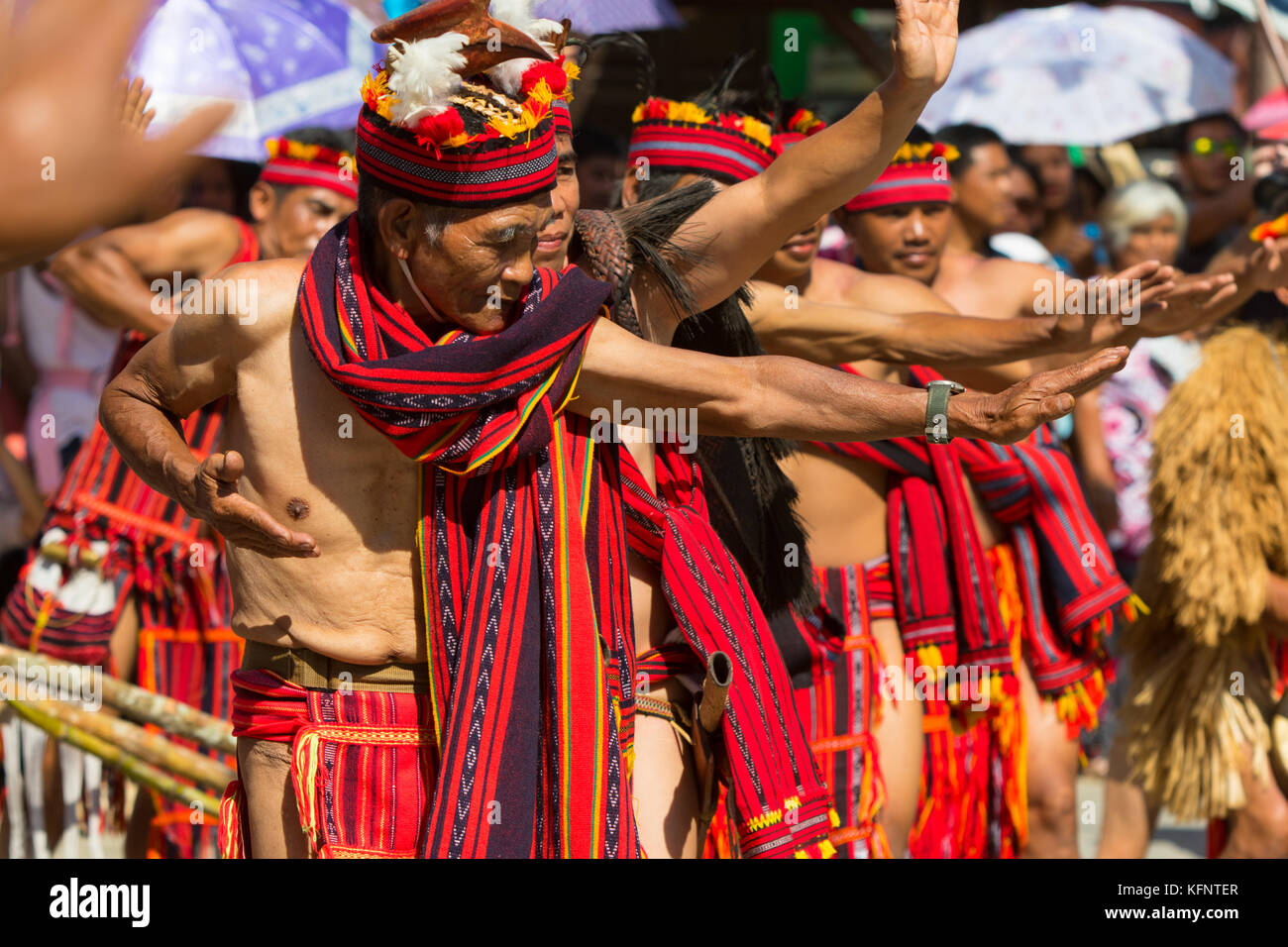
Indigenous Culture In The Philippines / The Indigenous People Of The Philippines Throughout
The tribe's most notable contribution to Philippine culture is their traditional bahag clothing. Cultural Significance of Indigenous Tribes in the Philippines. Indigenous tribes in the Philippines play a significant role in the country's cultural heritage. These tribes are the keepers of traditional customs and practices that have remained.
Gridcrosser Dayaw Festival Celebrates and Aims to Learn from Indigenous Cultures
Philippines - Culture, Diversity, Traditions: Philippine society is a unique blend of diversity and homogeneity. Although geographically part of Southeast Asia, the country is culturally strongly Euro-American. Forces of assimilation have constantly worked to overcome cultural differences between the various ethnic groups that are scattered—sometimes in relative isolation—throughout the.
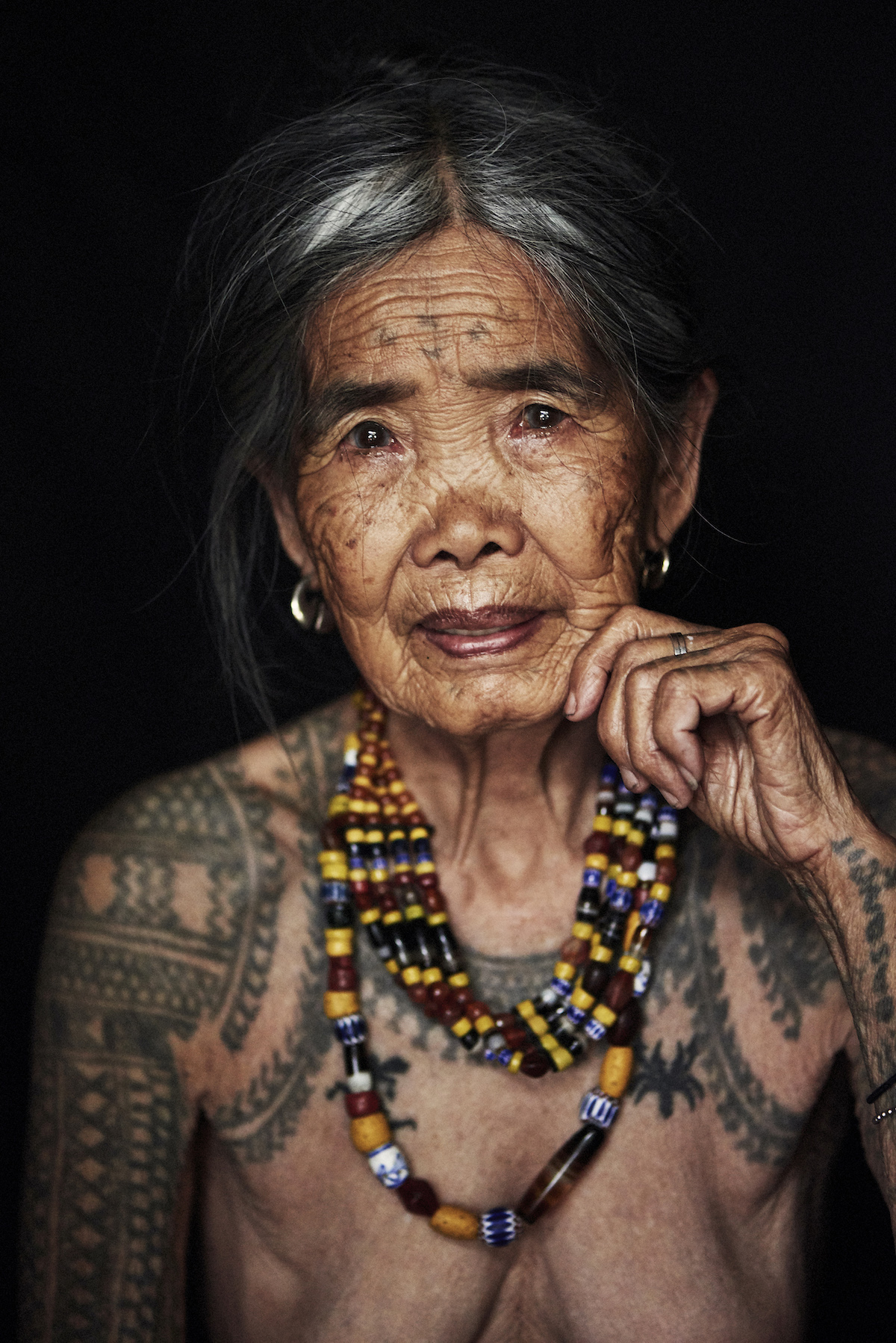
Incredible Portraits of Indigenous Tribes Around the World
A: The tribes in the Philippines play a vital role in preserving the country's cultural heritage. Their distinct languages, rituals, arts, and crafts contribute to the rich tapestry of Philippine culture, attracting both locals and tourists alike. Conclusion of Tribes in the Philippines. In conclusion, the tribes in the Philippines are an.

Tubad Mindanao Assembly of Tagakaolo tribe in Sarangani Filipino traditional clothing
The Philippines is commonly referred to as a melting pot of western and eastern cultures. The traditional culture of the Philippines is heavily influenced by the traditions of the indigenous Austronesian people. The cultural landscape also features Spanish, American, Japanese, Arabic, and Indonesian influence. The major religions in the country.
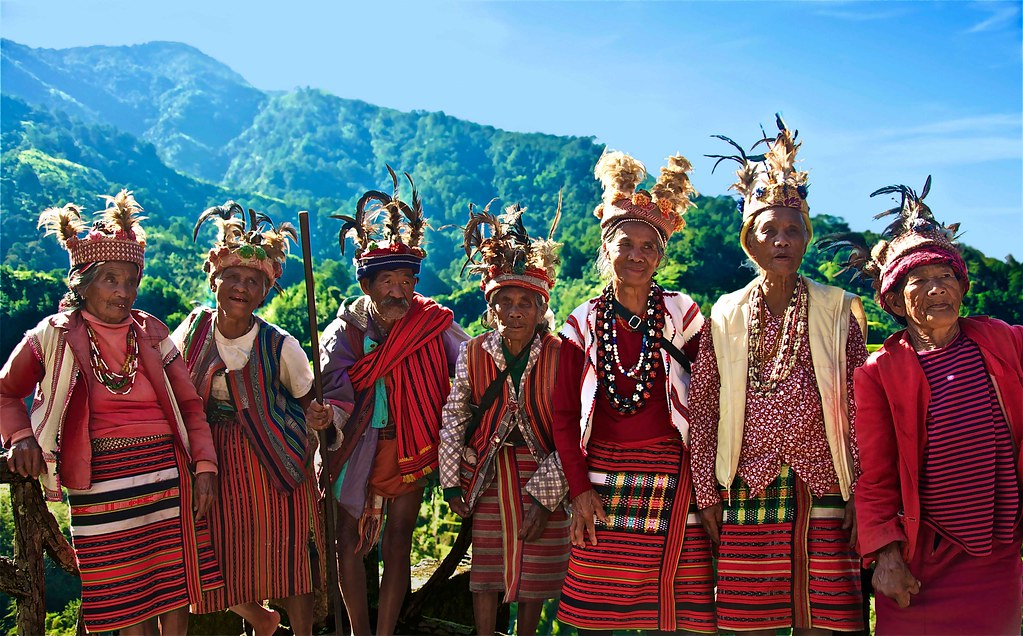
Ifugao Tribal Elders, Banaue Philippines Pictured by www.r… Flickr
By preserving their culture, they help to keep the country's cultural diversity alive. Sustainable Living Practices - Many indigenous groups in the Philippines practice sustainable living practices such as farming techniques that do not harm the environment. This helps to promote environmental conservation and protect natural resources.